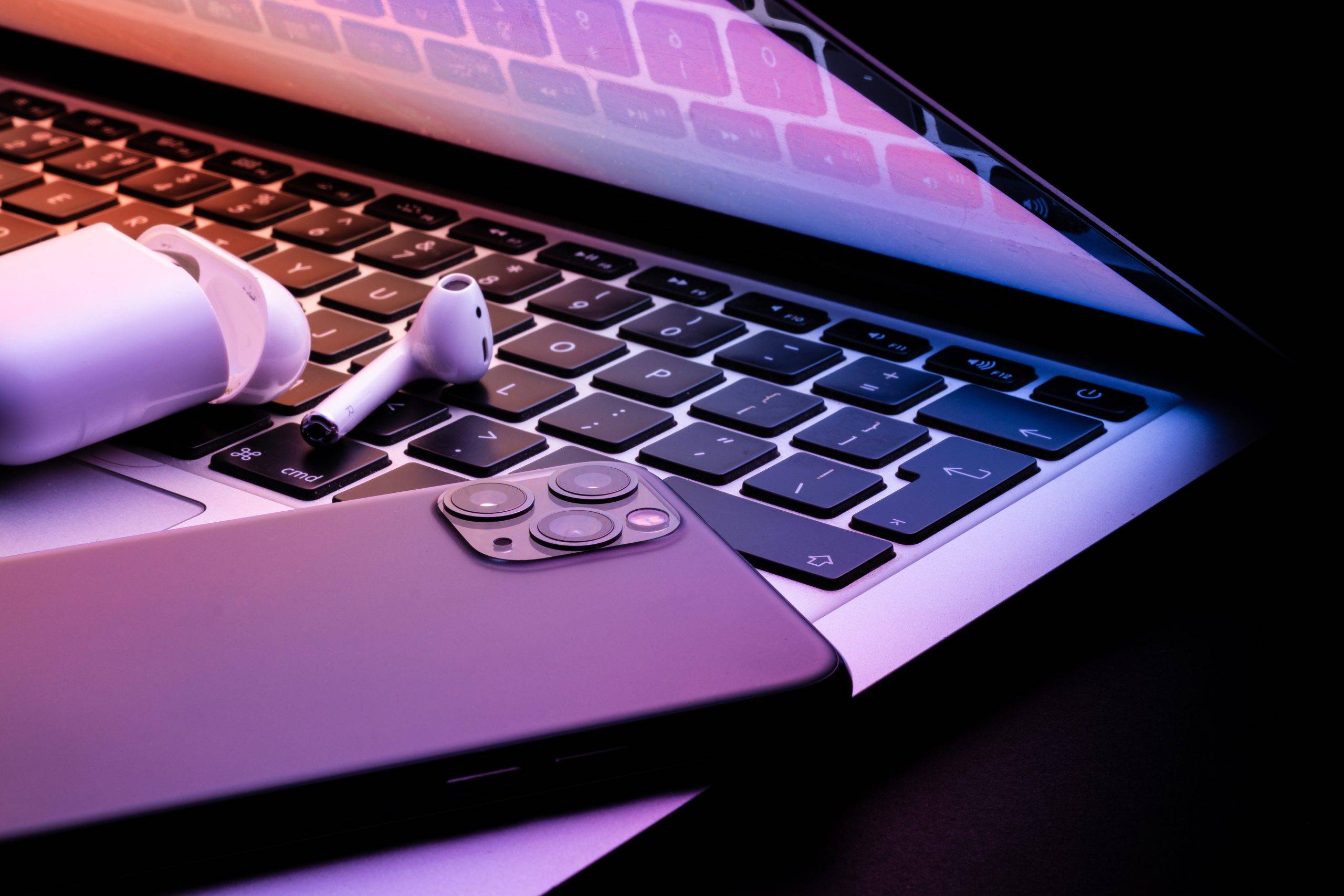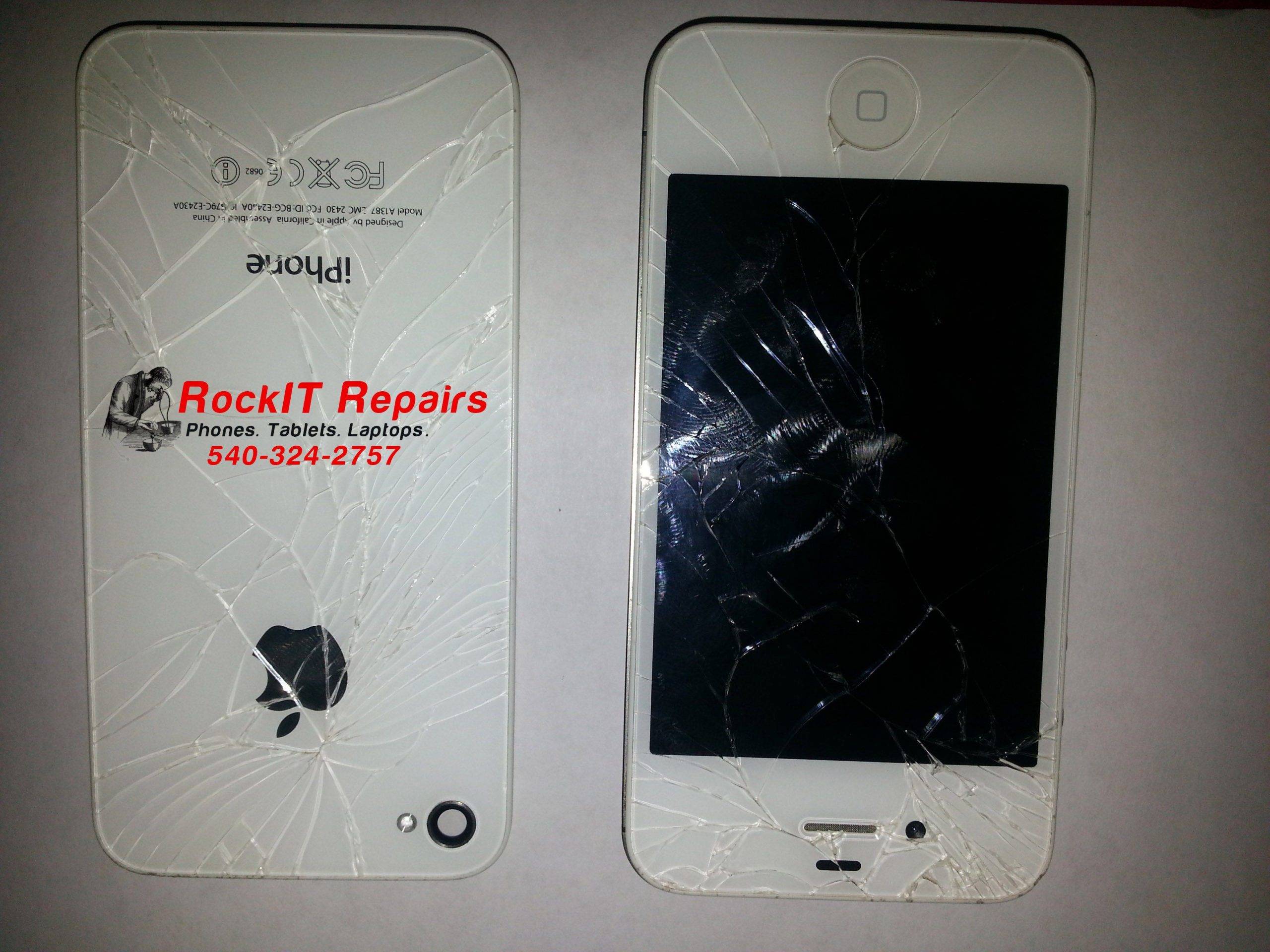Apple products are known for their sleek designs and reliable performance, but they’re not immune to common issues such as backlight problems. If you’re experiencing issues with the backlight on your Apple device, don’t panic! In this post, we’ll discuss the most common backlight repairs for Apple products and how to fix them.
MacBook Backlight Repairs
MacBooks are popular among creatives and professionals alike, but their backlight can sometimes fail. Some common MacBook backlight repairs include:
- Backlight cable replacement: The backlight cable connects the LCD screen to the logic board, and a faulty cable can cause backlight issues. To replace the cable, you’ll need to disassemble your MacBook and carefully remove the old cable before installing the new one.
- Backlight fuse replacement: The backlight fuse is a small component that can fail due to power surges or other electrical issues. You’ll need to locate the fuse on your MacBook’s logic board and replace it with a new one.
iPhone Backlight Repairs
iPhones are ubiquitous, but their backlights can also experience issues. Some common iPhone backlight repairs include:
- Display replacement: If your iPhone’s display is cracked or damaged, it can affect the backlight. Replacing the display will also replace the backlight, and is a relatively simple repair that you can do at home.
- Backlight filter replacement: The backlight filter is a small component on the iPhone’s logic board that can fail due to liquid damage or other issues. You’ll need to remove the logic board and replace the filter with a new one.
iPad Backlight Repairs
iPads are great for watching movies and browsing the web, but a faulty backlight can ruin the experience. Some common iPad backlight repairs include:
- Backlight coil replacement: The backlight coil is responsible for regulating the power to the backlight. If it fails, the backlight may not work properly. You’ll need to remove the old coil and replace it with a new one.
- Backlight driver IC replacement: The backlight driver IC is a small component on the logic board that controls the power to the backlight. If it fails, you’ll need to replace it with a new one.
Backlight issues can be frustrating, but they’re not uncommon. With the right tools and a little know-how, you can fix many common backlight problems on your Apple products. If you’re not comfortable with DIY repairs, consider taking your device to a professional repair service to get it fixed. Don’t let a faulty backlight ruin your Apple experience!



